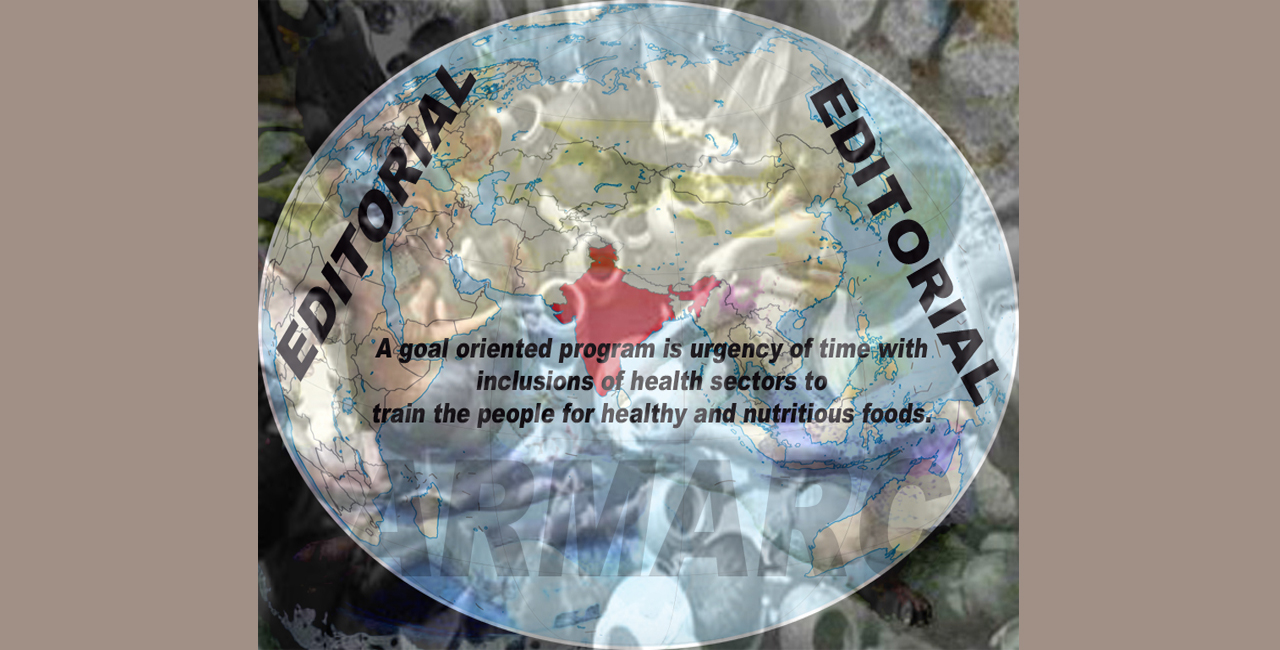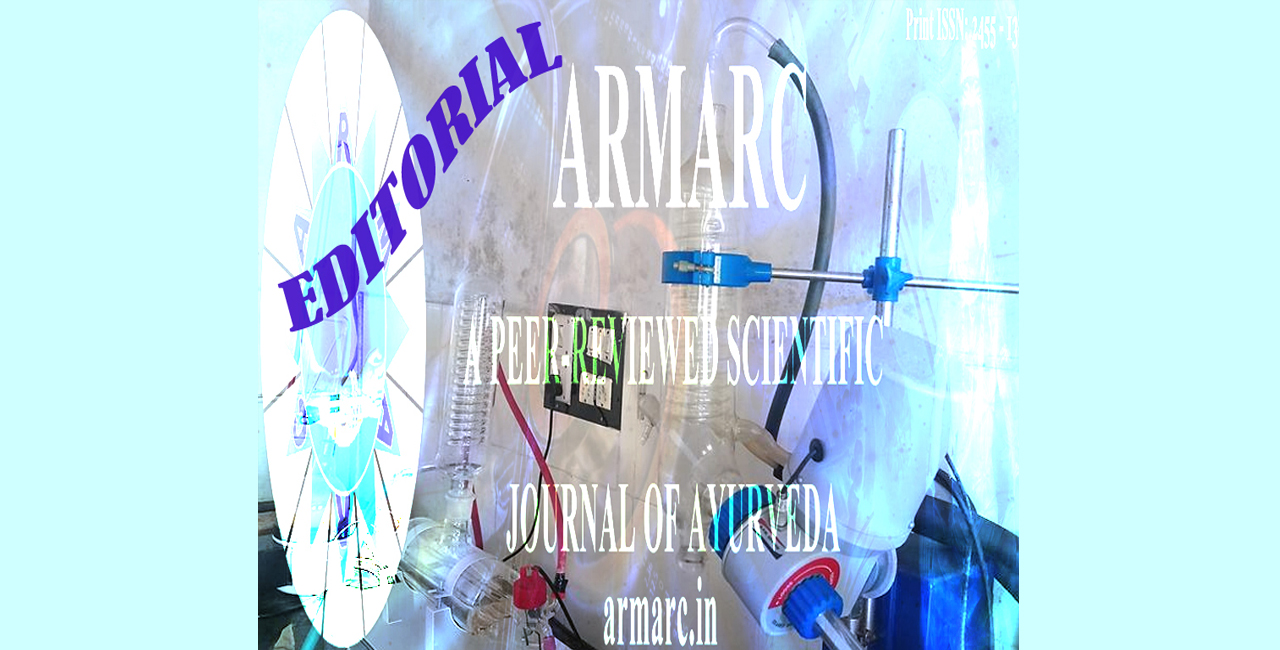
Editorial- January
Description of Quantitative Dietetics mentioned by Charak Samhita (Sutrasthana 5/3-14) is still relevant to people after lots of researches done in field of nutrition and dietetics. Based on power of digestion and metabolism of individual, the quantity of food taken is advocated in Charak Samhita. The proper quantity is referred to the amount not causing any disequilibrium in dhatu and dosas. It is an apparent indication for utilization of nutrients and calorie by the body. The quality of food articles is also discussed in details for healthy regime. The heavy food articles are recommended to be taken in quantity of ½-3/4th when compared to quantity of light food articles. The heavy food articles are rich in ap and prithvi mahabhuta while light foods are rich in Vayu and Agni mahabhuta. Th...








